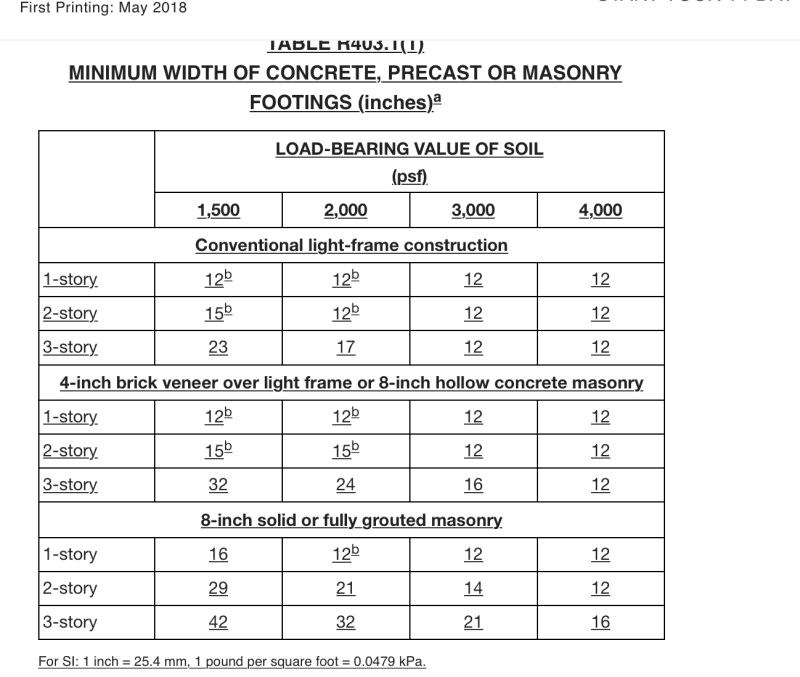I'm designing an addition on some sketchy soil. The Geo-tech is recommending to excavate down 4 – 6 ft. to get to some decent bearing. He is against filling the trench with washed stone. The contractor wants to dig with a 12” wide bucket and fill the trench with concrete and use that as the footing. Any issues with that? The bearing capacity numbers work out. The “footing” is about 20 ft. long. Is rebar necessary? If so, how much is recommended. Flowable fill is not available, however, can that be used in this situation?
Thanks
Thanks

